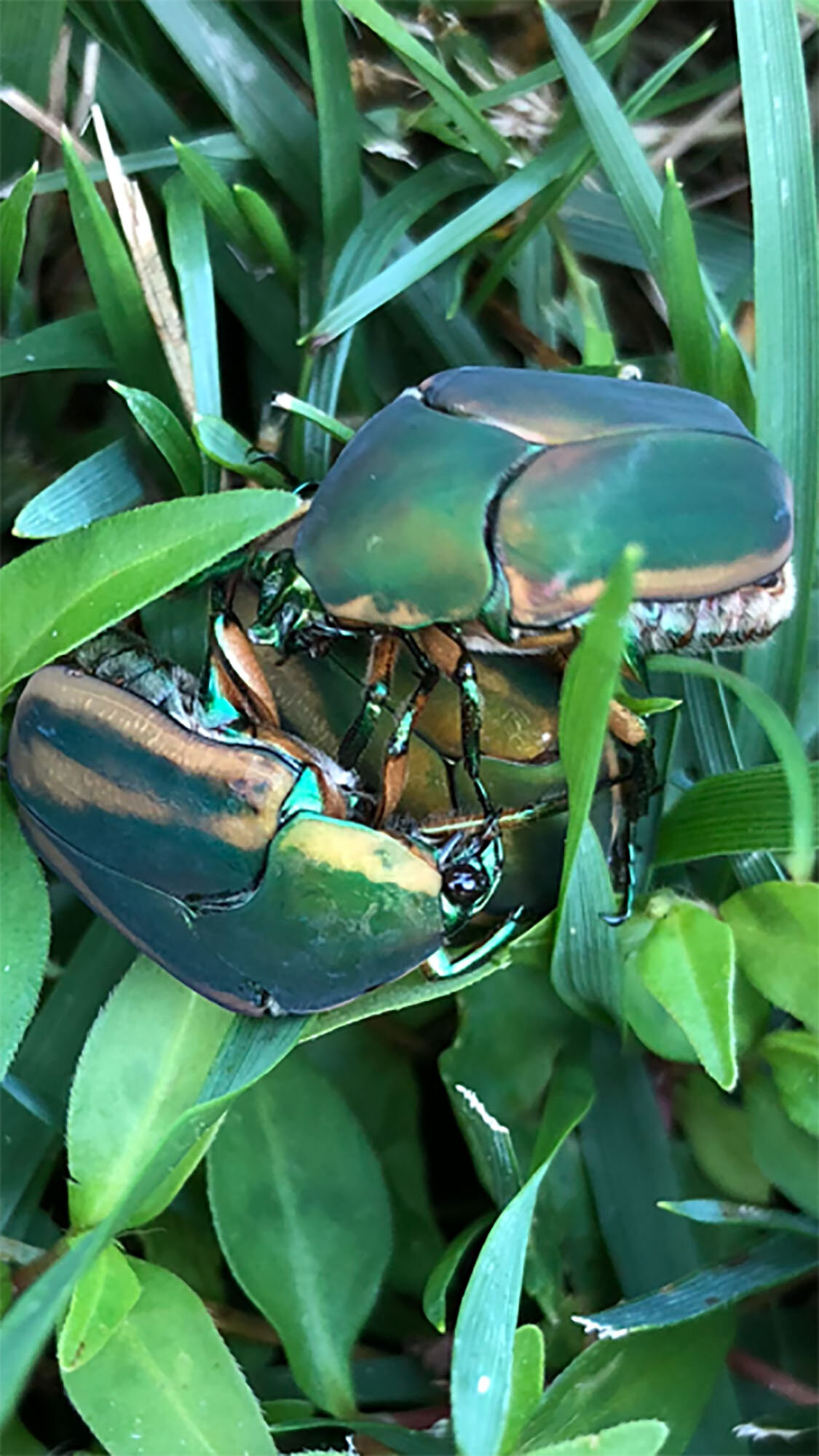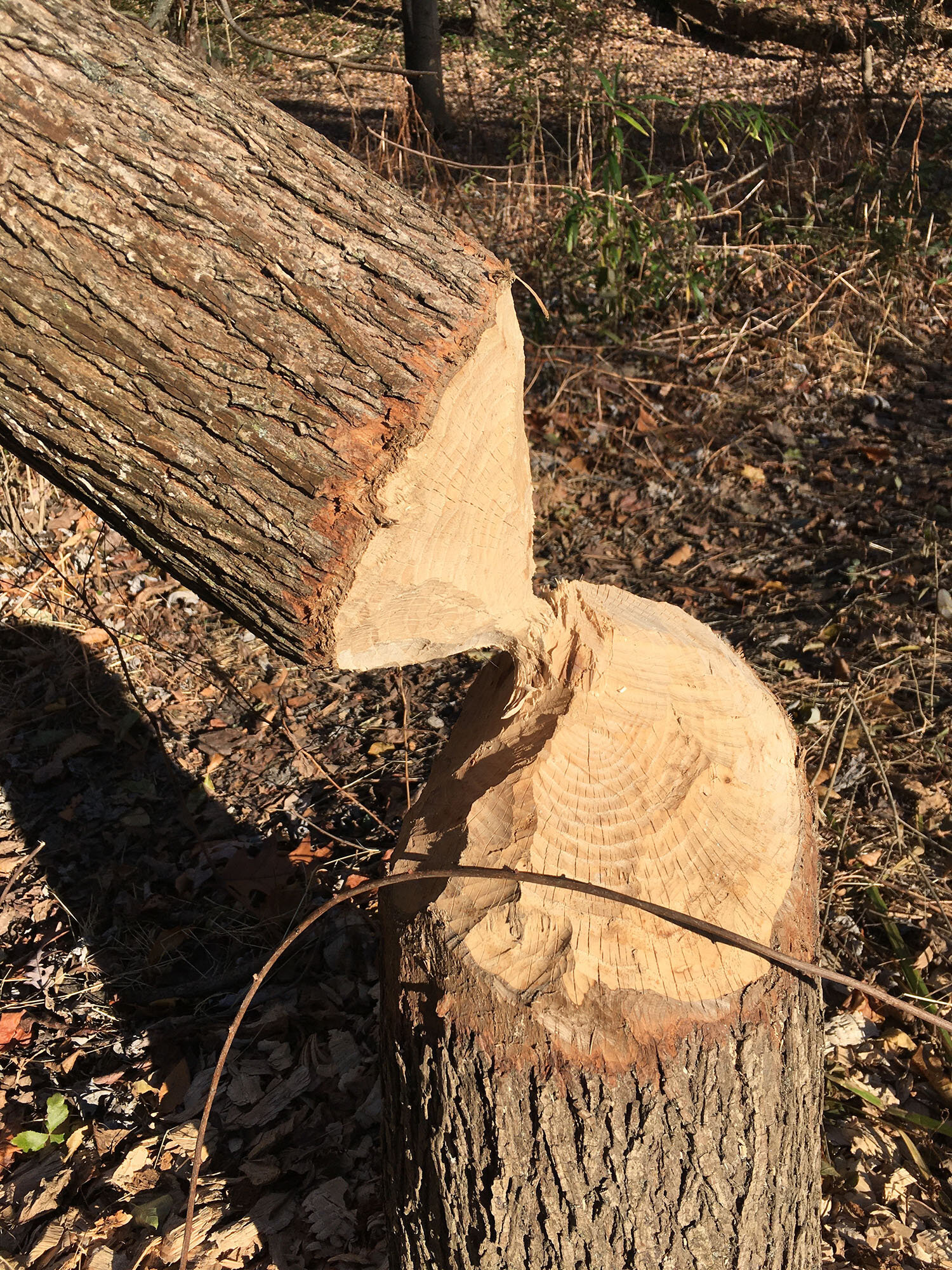Wildlife Observations: December 20, 2019
Thanks to readers for heeding the call in last week’s article to keep the submissions coming. While observations may decrease at this time of year, species like the hooded merganser and brown creeper are only resident in this area in winter. So keep looking — the seasonal variation is part of what keeps it interesting.
During an outing at Houston Park/Urban Field in Nether Providence on December 15, I saw a yellow-bellied sapsucker, but more exciting were repeated calls of a great horned owl heard around 3:30 in the afternoon. It’s unusual to hear such persistent calling in daylight hours.
Swarthmore Police Sergeant and Rutledge resident Bill Thomas submitted a photograph of a turkey vulture feeding on a dead squirrel on a Waverly Avenue lawn in Rutledge. The bird’s head is featherless so that no putrescence gets caught in its feathers when it feeds on rotting carrion.
Dave Eberly headed up the Swarthmore/Crum Creek portion of the 100th Delaware County Christmas Bird Count on December 14. The bird count is a national undertaking conducted by the Audubon Society, in which citizen naturalists submit bird sightings over a several-week period. Dave’s group identified 34 species on the first day of the count. Highlights included a hooded merganser, an Eastern screech owl, a golden-crowned kinglet, a brown creeper, and a yellow-bellied sapsucker.
Lee Greenfield ventured into the Crum Woods hoping to spot the beavers, sighted earlier this year, that have recently become elusive. While she didn’t see the beavers themselves, the photograph she submitted shows clear and convincing evidence of their continued presence.
Bill Menke of Swarthmore states, “Northern flicker has returned to northeast Swarthmore, puzzled as to the disappearance of the black cherry tree which was removed some years ago. It feasted each year on the black ants that were always there. This image is from earlier, when the bird was fascinated with the similar colors on our Gardena sprinkler.” The photo clearly displays the woodpecker’s diagnostic crescent-shaped black bib.
Finally, Maria Mooney of Swarthmore submitted a throwback-to-summer photograph of some insects that neither she nor I could identify. But — Colin Purrington to the rescue — we now know they are Cotinis nitida.
“Green June beetle is the most common common name for C. nitida,” Colin says. “But I really am fond of ‘crawly back,’ which references the ability of the larvae to move by undulating specialized back hair called ambulatory bristles. The entire genus can back walk, I believe. Good fun for show-and-tell if you can find larvae.”
Please continue to send your observations and photographs of wildlife species in the Wallingford-Swarthmore School District area by clicking/tapping the button below.







